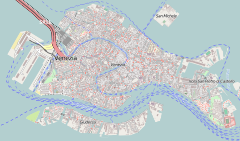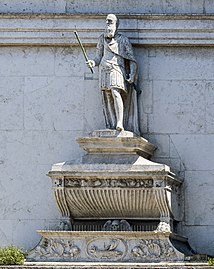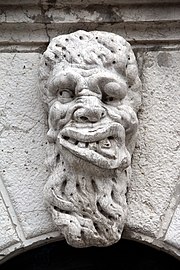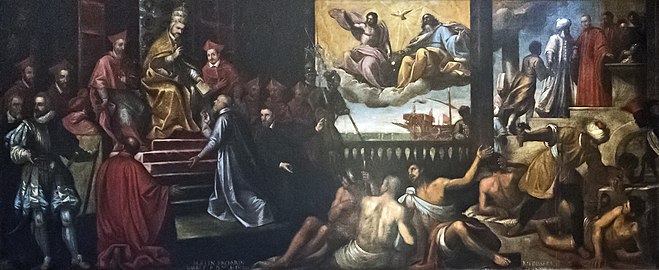.mw-parser-output .hidden-begin{box-sizing:border-box;width:100%;padding:5px;border:none;font-size:95%}.mw-parser-output .hidden-title{font-weight:bold;line-height:1.6;text-align:left}.mw-parser-output .hidden-content{text-align:left}@media all and (max-width:500px){.mw-parser-output .hidden-begin{width:auto!important;clear:none!important;float:none!important))You can help expand this article with text translated from
the corresponding article in Italian. (August 2012) Click [show] for important translation instructions.
View a machine-translated version of the Italian article.
Machine translation, like
DeepL or
Google Translate, is a useful starting point for translations, but translators must revise errors as necessary and confirm that the translation is accurate, rather than simply copy-pasting machine-translated text into the English Wikipedia.
Do not translate text that appears unreliable or low-quality. If possible, verify the text with references provided in the foreign-language article.
You must provide
copyright attribution in the
edit summary accompanying your translation by providing an
interlanguage link to the source of your translation. A model attribution edit summary is Content in this edit is translated from the existing Italian Wikipedia article at [[:it:Chiesa di Santa Maria Formosa]]; see its history for attribution.
You may also add the template ((Translated|it|Chiesa di Santa Maria Formosa)) to the
talk page.
For more guidance, see
Wikipedia:Translation.
Santa Maria Formosa, formally The Church of the Purification of Mary, is a church in Venice, northern Italy. It was erected in 1492 under the design by Renaissance architect Mauro Codussi. It lies on the site of a previous church dating from the 7th century, which, according to tradition, was one of the eight founded by San Magno, bishop of Oderzo. The name "formosa" relates to an alleged appearance of the Holy Virgin disguised as a voluptuous woman1.
Exterior
The plan is on the Latin cross, with a nave and two aisles. The two façades were commissioned in 1542, the Renaissance-style one facing the canal, and 1604, the Baroque one facing the nearby square.
The dome of the church was rebuilt after falling in during an earthquake in 1688.
Interior
The artworks in the interior include the Saint Barbara polyptych by Palma the Elder, one of his most celebrated works. The Conception Chapel houses a triptych of Madonna of Misericordia by Bartolomeo Vivarini (1473), while in the Oratory is the Madonna with Child and St. Dominic by Giambattista Tiepolo (18th century). There is also a Last Supper by Leandro Bassano.







